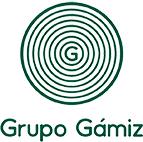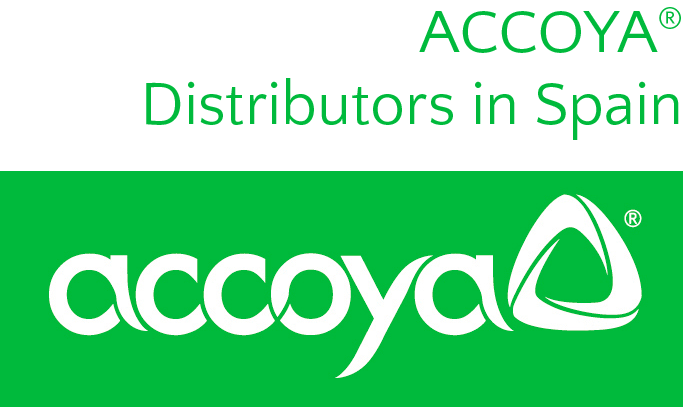Passivhaus and certified wood: common sense brings them together, the environment wins
The constructive advantages of wood reinforce the Passivhaus standard in its aim to reduce energy consumption in homes
Architecture and construction are two of the pillars that are moving the world towards sustainability and common sense. This can be seen in the multiple concepts that are springing up as a response to a society that is ever more committed to the environment: buildings with almost no energy consumption (ECCN), bioconstruction, zero-energy buildings, sustainable architecture, green architecture, bioclimatic architecture, organic architecture…
One of these concepts is the Passivhaus standard. Emerging in 1988 in Germany (Passivhaus means “passive house” in German), it has been moving from theory to practice as society’s awareness and science and technology have smoothed its way. In essence, the purpose of this building model is to obtain comfort in the home by monitoring certain basic principles.
In terms of figures, Passivhaus seeks to reduce the energy consumption of buildings by around 70% with respect to those constructed with conventional building standards.
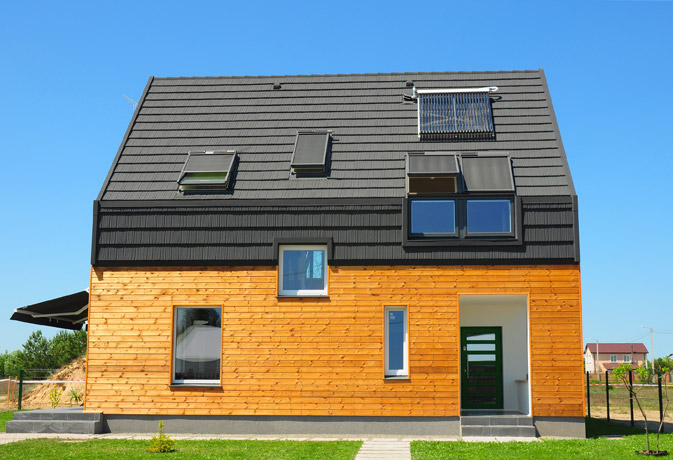
Passive House
What is Passivhaus in 5 key points?
The Passivhaus housing building standard has five fundamental aspects, that have to work together:
- High level of insulation in walls and roofs
- Absence of heat bridging
- Hermetic enclosure
- High performance windows
- Efficient ventilation systems
Taking this into account, and although in the Passivhaus concept does not prioritise any material, it is logical that one of the most requested construction materials in this standard, and with the best prospects for the future, is that which has been contributing to energy efficiency and sustainable construction for centuries even when these two concepts were still light years away: wood.
Wood reduces energy consumption from minute zero
If the objective of Passivhaus is to reduce the high energy consumption of conventional construction, what better contribution than doing so from the start. Wood is a material that barely generates CO2 emissions during its production. Nothing like the environmental impact that other construction materials generate such as steel, concrete, lime or mortar.
In addition to constituting a sustainable solution from the start, wood suits practically every single one of the key points of Passivhaus: it is an excellent natural thermal insulator that helps eliminate heat bridging.
At the same time, wood is hygroscopic, which enables it to regulate the air quality and temperature: it absorbs the environmental humidity in winter and distributes it in summer. Comfort is assured naturally.
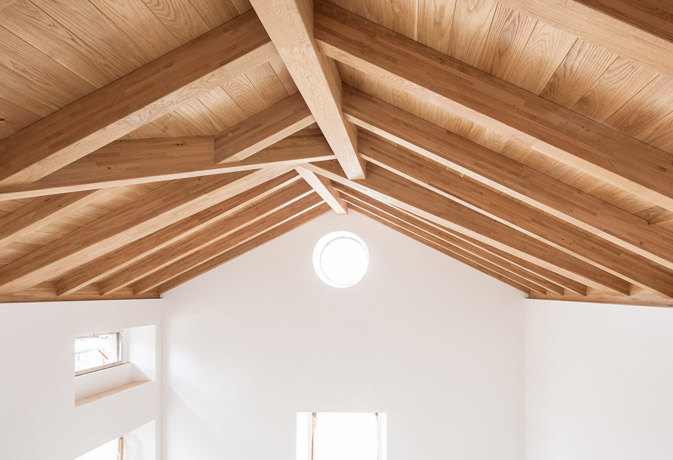
Detached residence, Trentino |Carpentry: Damiani-Holz&KO S.P.A./AG. | Product: Oak glulam
And the best is still to come: wood certified for structural use
At GRUPO GÁMIZ we are the designer and manufacturer of VIGAM, the only oak glulam beam in the world with the CE marking for structural use. This means that we are not just talking about decoration and interior design, but also resistance, function and structural use.
And, of course, we are talking about beauty, quality, warmth, sensations of being at one with nature. Design, creativity and sustainability. Thanks to VIGAM, architects do not have to renounce anything in their projects: if they want wood, now beautiful, sustainable and functional solutions are possible.
For example, with VIGAM it is possible to build wooden curtain walling without using non-sustainable or cold materials such as steel or aluminium.
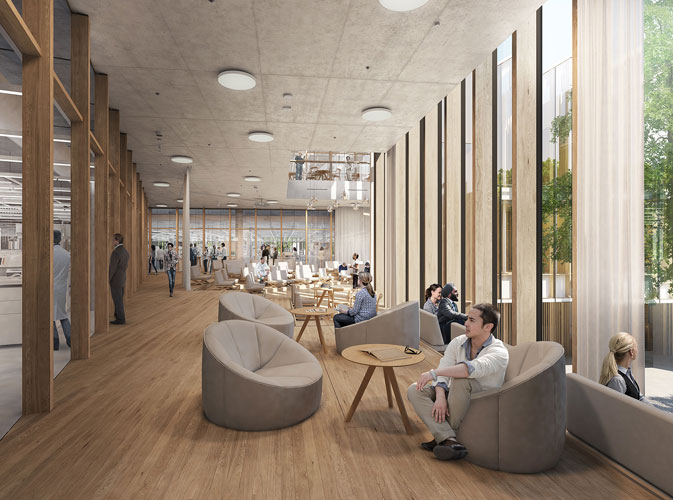
Cambridge Biomedical Campus | Arch: Herzog & de Meuron | Product: Application of curtain wall – Oak glulam
ACCOYA@: sustainable wood, without toxins, with a 50-year written guarantee
Passivhaus is not immune to the wood of the future. ACCOYA® acetylated wood is a sustainable wonder. Made from conifers and modified in a process that does not involve any toxic substances, the result is a wood that as elegant as it is powerful, ideal for exteriors and perfectly valid for interiors thanks to its quality and elegance.
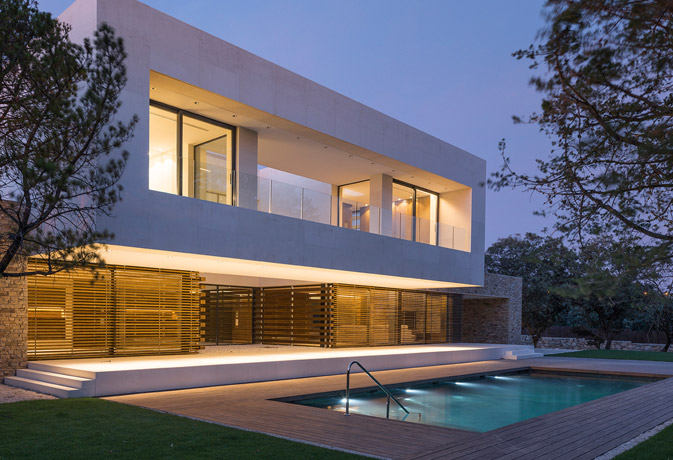
Residence in Luis Manzaneque | Arch: By More Arquitectos | Product: Cladding of the exterior façade – Accoya® horizontal scantlings and oak glulams
Suitable for all types of finishes, its strength is inscribed in its written 50-year guarantee.
Passivhaus yet another example that the progress of sustainable architecture is unstoppable. Society demands this and, little by little, so do the institutions. The good news is that architects, weaving dreams of comfort and habitability, have wood products of certified quality, which, in addition to transmitting beauty, care for the planet.
